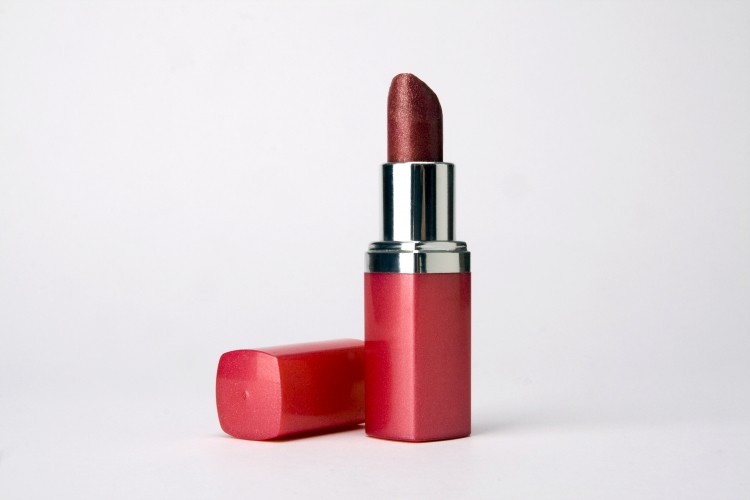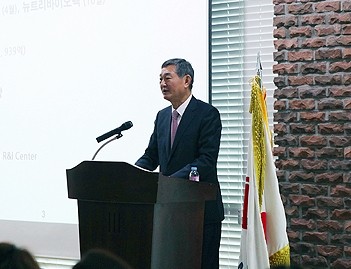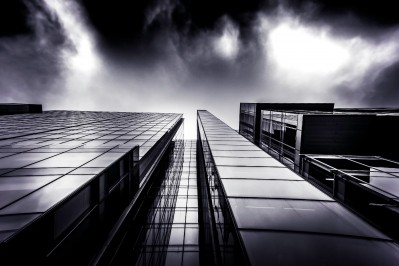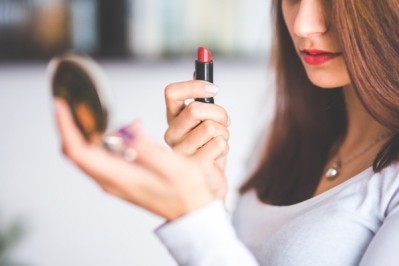Five top Korean beauty brands seeing average growth of 16.8%

AmorePacific, Amore Group, LG Household & Health Care, Korea Kolmar and Cosmax are the five top brands tipped by industry commentators to lead the rise, and are collectively expected to see 37.5% in their fourth quarter sales results for 2015.
Further to this, sales and operating rates for beauty brands in the country are reportedly slightly lower than their potential: speaking recently to the Jakarta Post, Yang Ji-hye, a researcher at KB Investment and Securities explained that k-beauty brands are currently in a period of one-off investments and expenditures to further fuel expansion.
“Sales and operating rates will likely to fall short of the market consensus but it’s not a worrisome factor as the lower-than-expected results are due to one-time expenses such as new investments and incentives,” Yang reportedly said.
Dominant brands
While a whole host of new and indie beauty brands are springing up to take advantage of the rise in k-beauty’s international popularity, the more established players are still taking home the lion’s share of sales and growth.
AmorePacific, one of the five major brands in focus, is the prime example of this: according to a recent overview by market research firm Euromonitor International, the beauty company’s owner Suh Kyun-Bae became the country’s richest man in July 2015.
“The influence of Korean dramas and Korean pop has been unprecedented, not just in the beauty industry, but also for luxury, apparel, consumer electronics and consumer food services,” the firm’s analyst Nicole Tyrimou observes.
R&D driver
The ongoing global success of Korean beauty is due in large part to the emphasis placed on R&D by brands in the country.
According to recent OECD figures, market-leading scientific research is the foundation of Korea’s top industries, and the country is world champion when it comes to R&D investment (4.4% of GDP in 2012).
This substantial R&D spend is producing cutting-edge advances in ingredients and formulation within the beauty sector – from nanotechnology to stem-cell related actives - which are proving world-leading and fuelling the already strong consumer appetite for k-beauty.



















